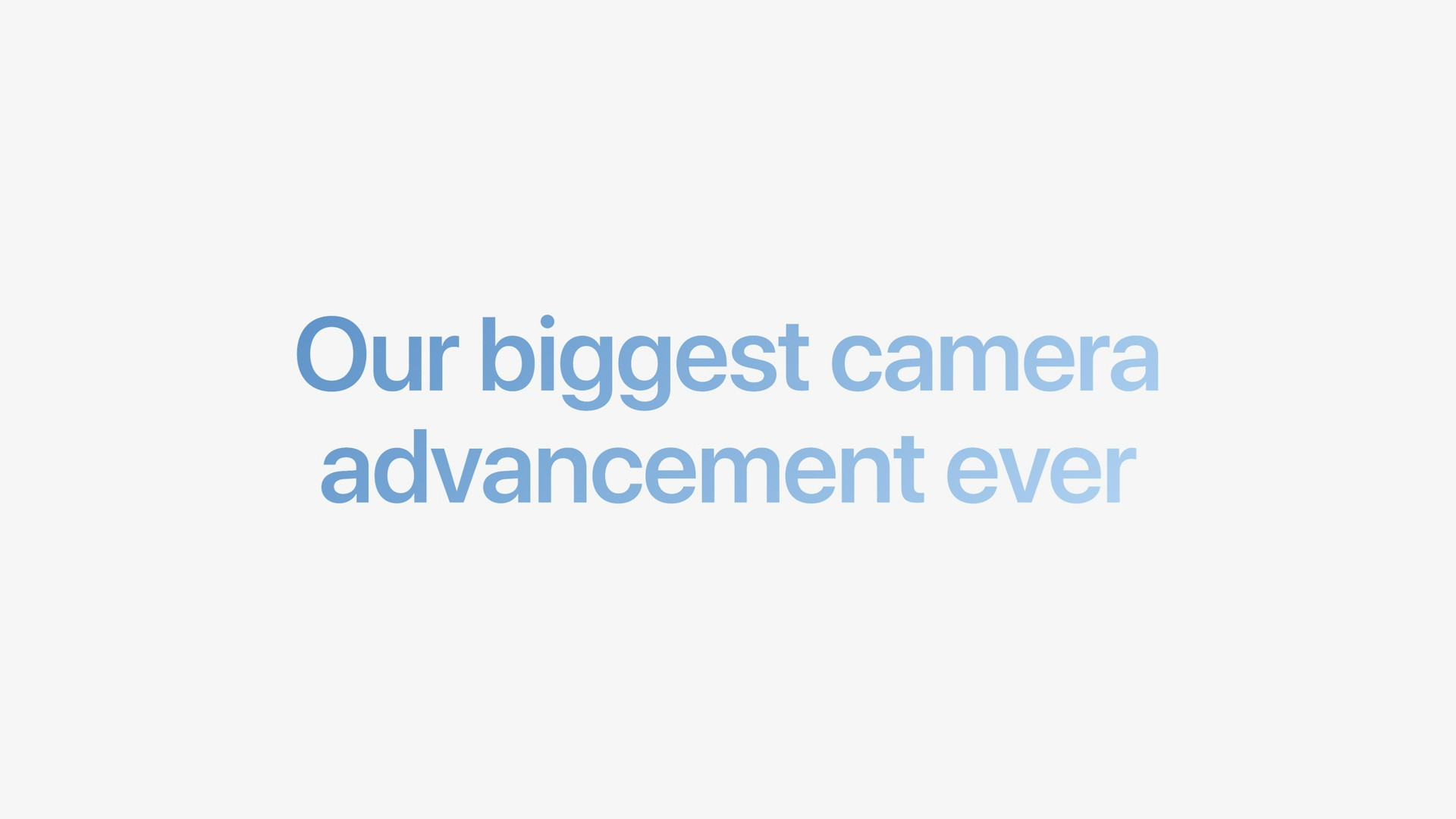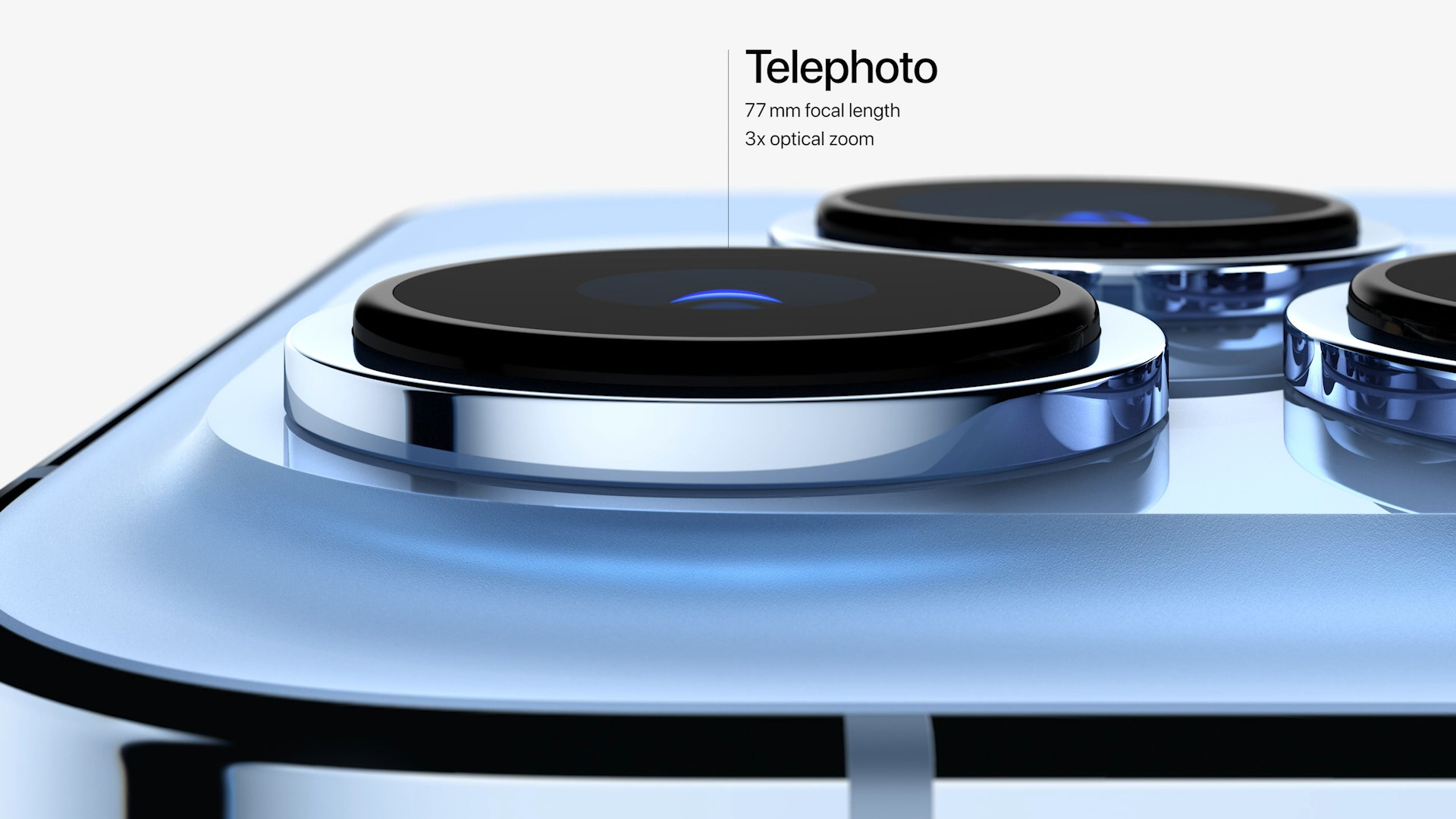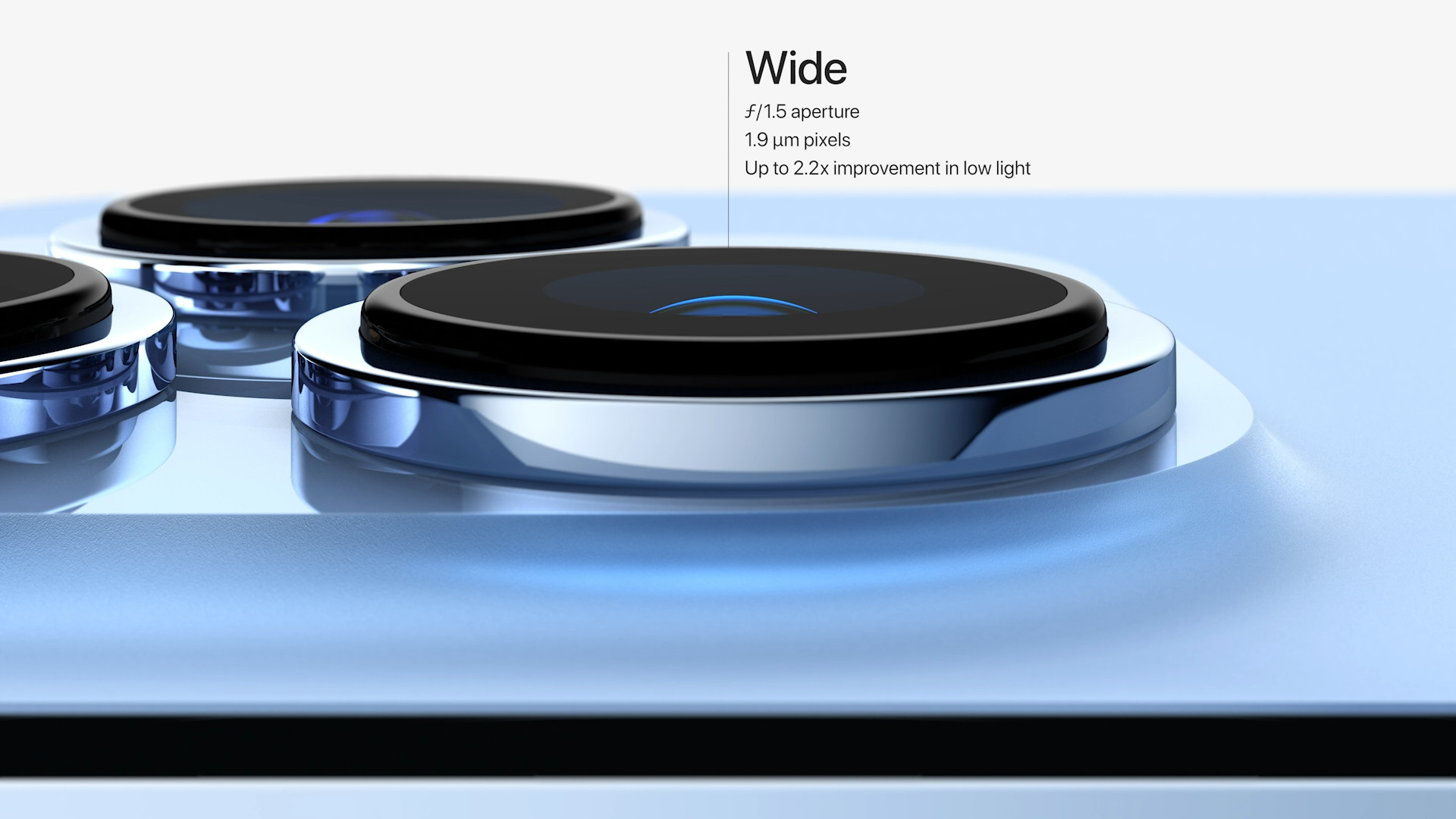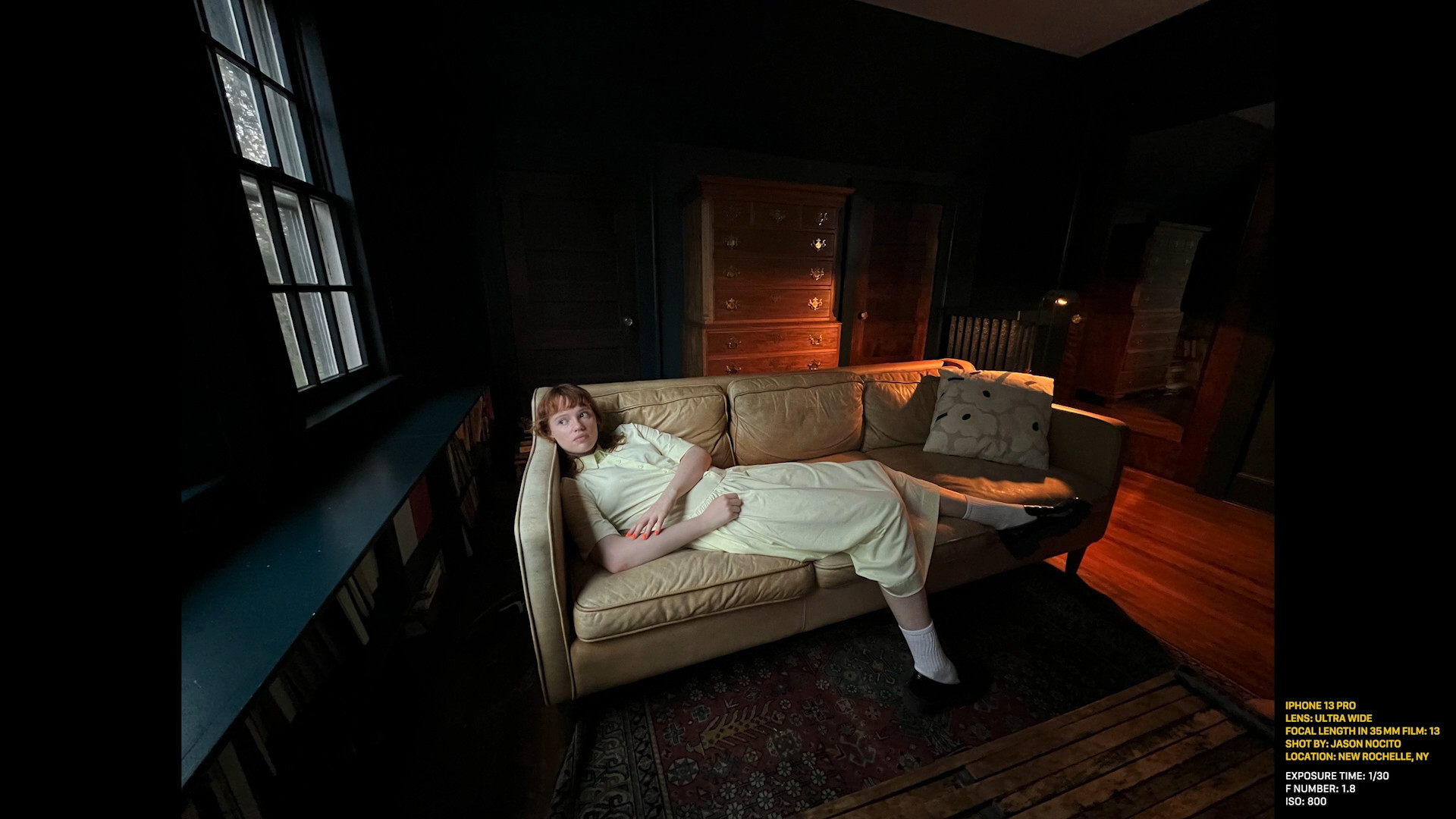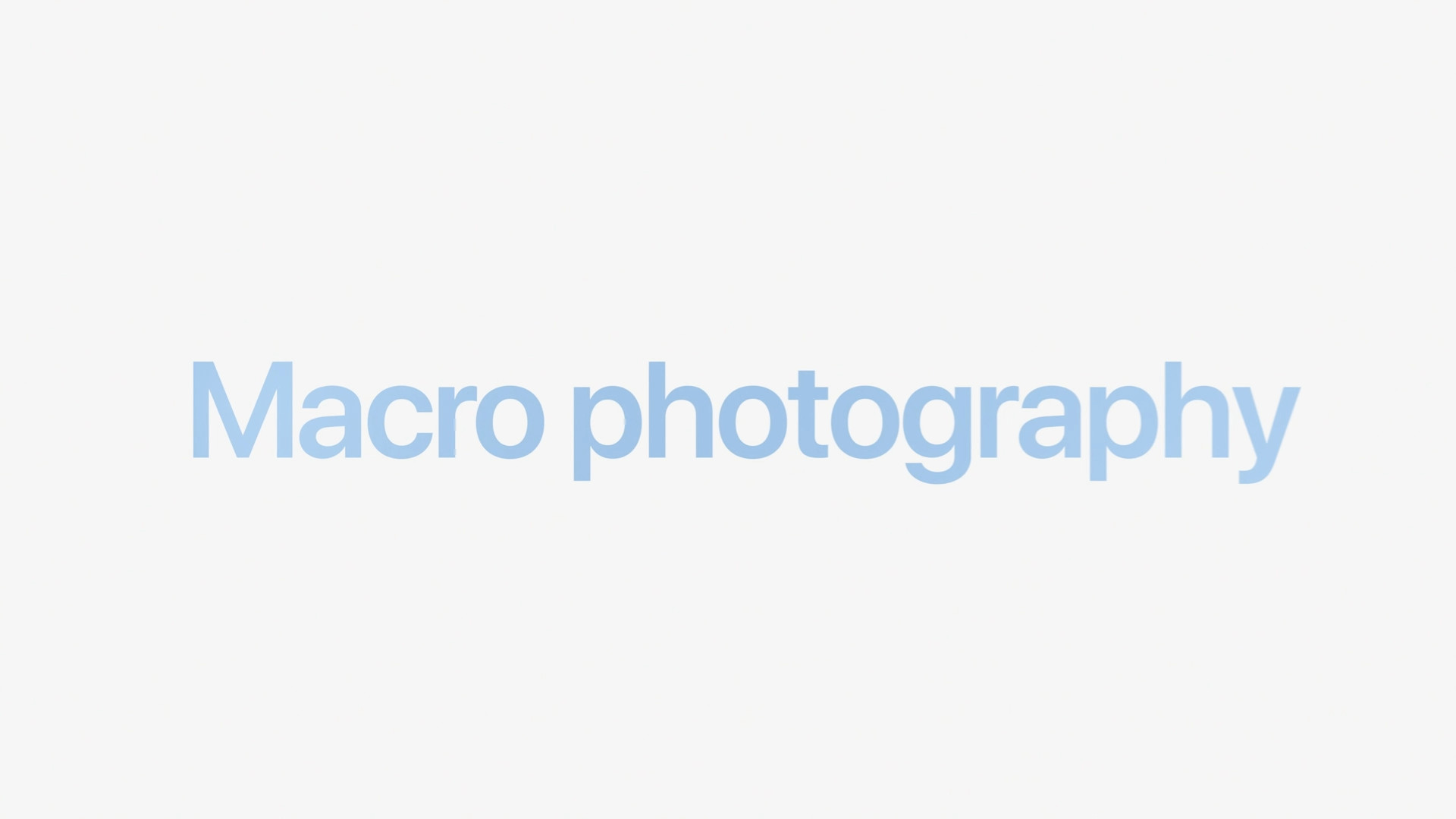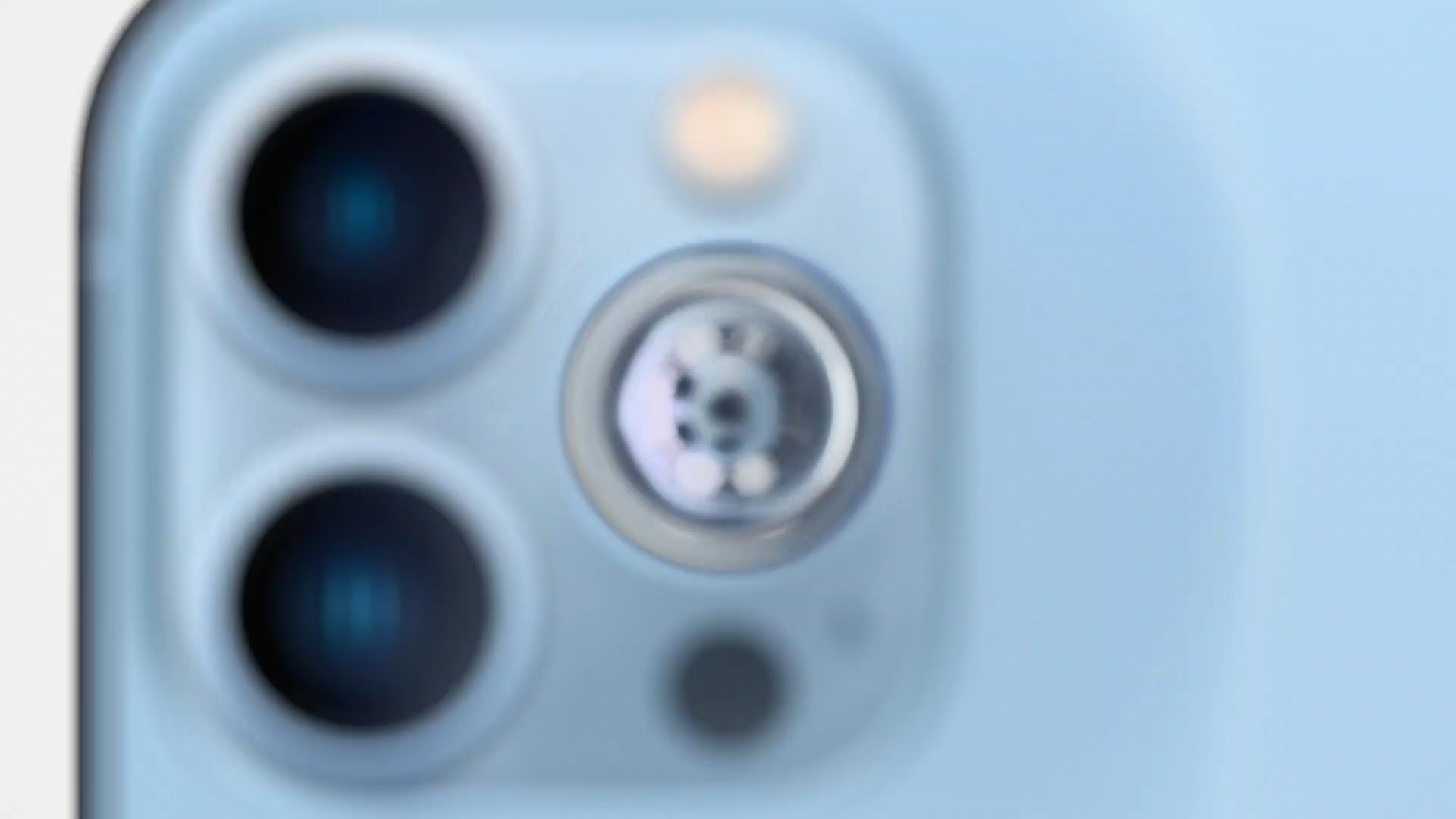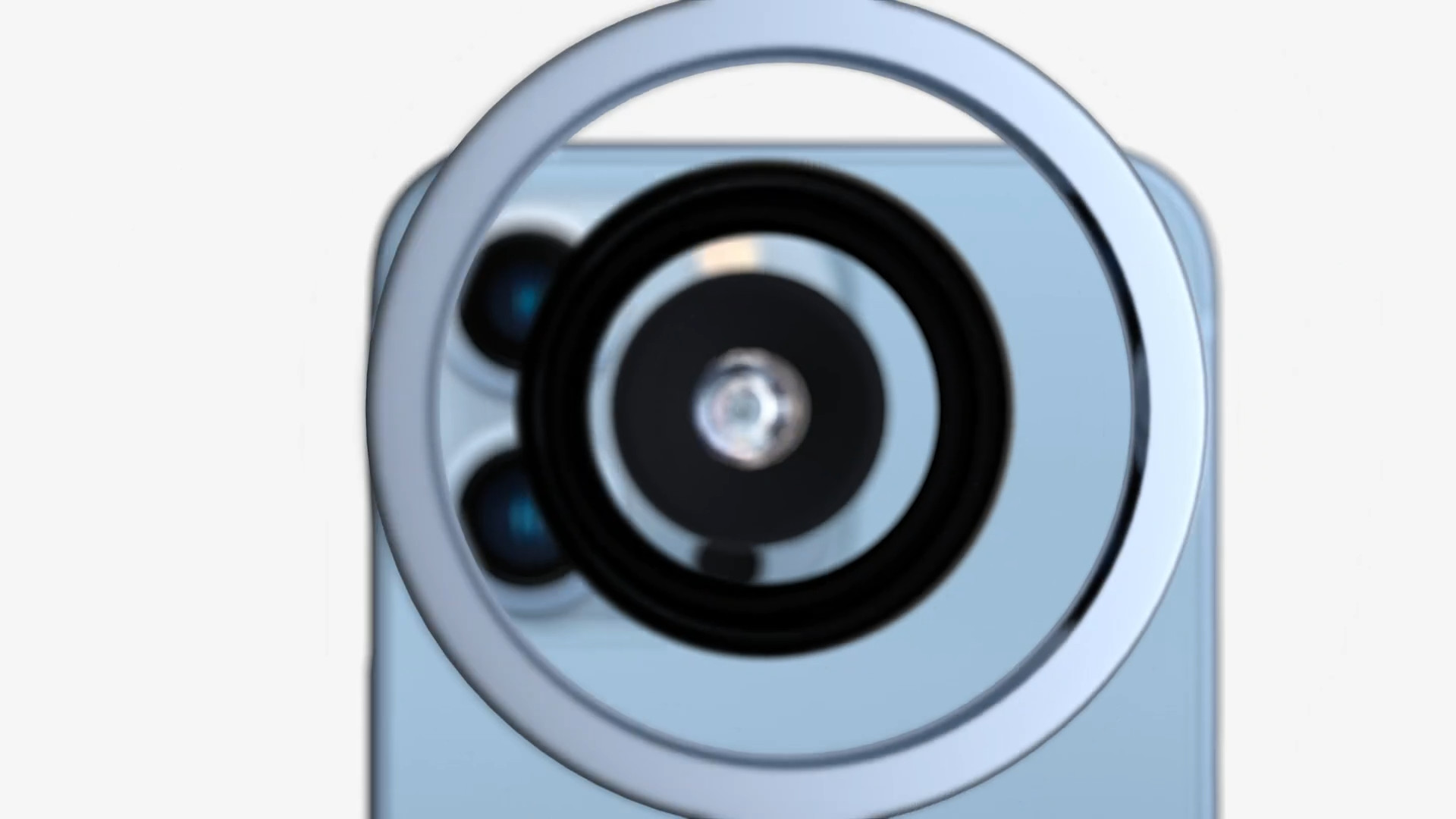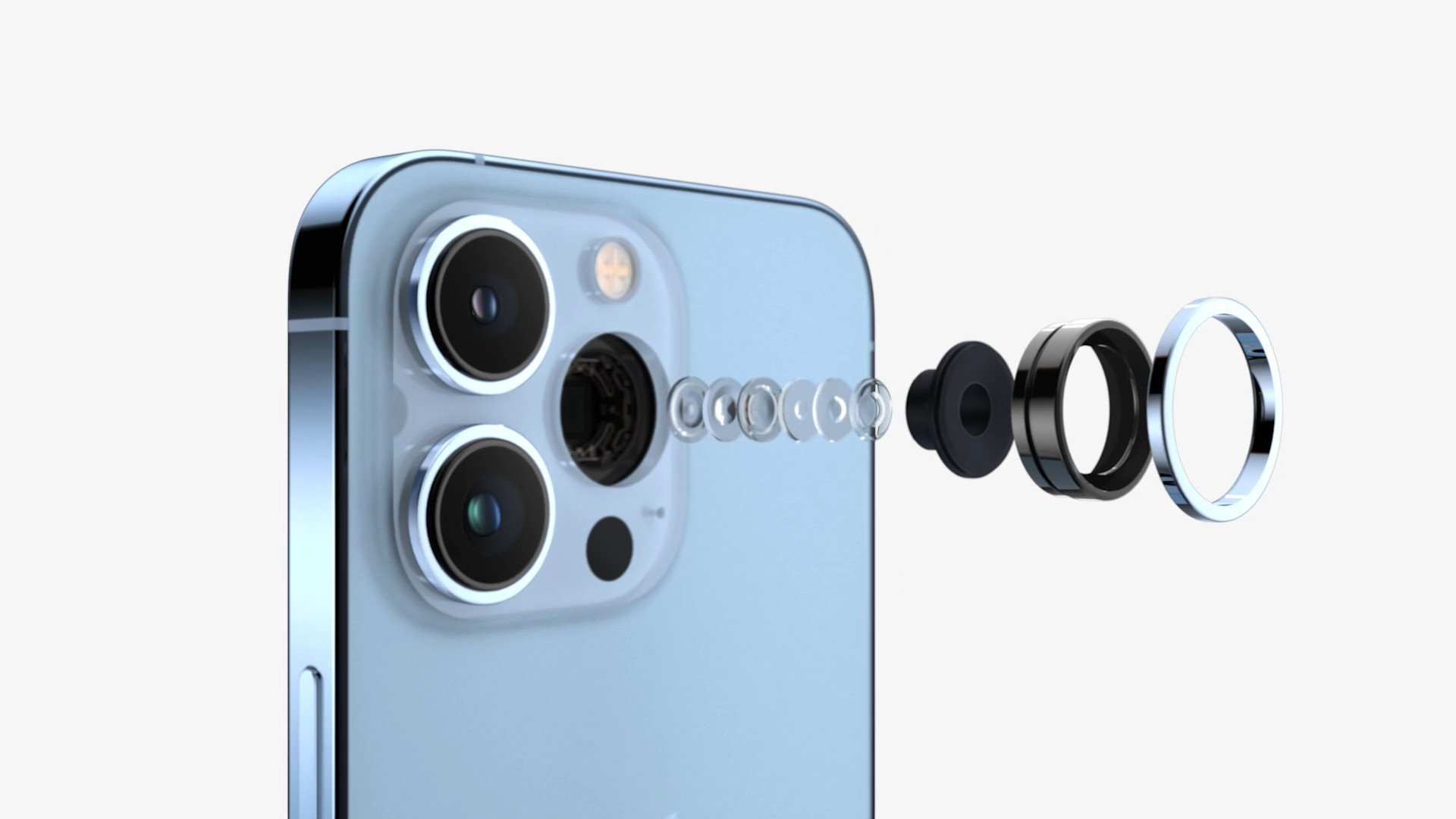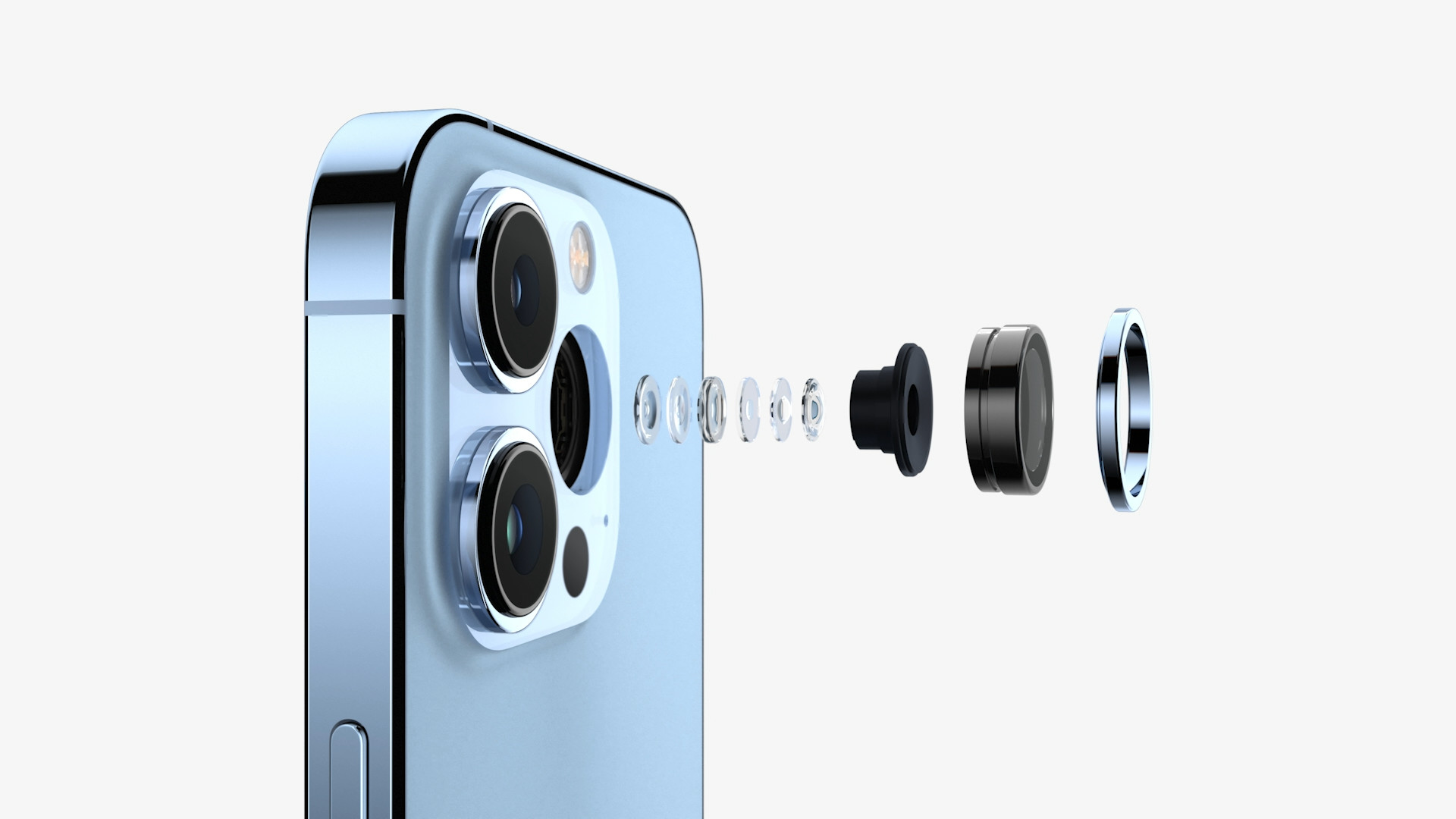Apple mentions many features and functions of its cameras in iPhones. Most often, megapixels, aperture, zoom/zoom, optical image stabilization (OIS) are mentioned, and the number of lens elements is often forgotten. So with the public, because Apple brags about their number at every keynote. And rightfully so.
If we look at the current flagship, i.e. the iPhone 13 Pro and 13 Pro Max, they include a six-element lens for the telephoto and ultra-wide-angle lenses, and a seven-element lens for the wide-angle lens. The iPhone 13 and 13 mini models offer a five-camera ultra-wide camera as well as a seven-camera wide-angle camera. The six-member wide-angle lens was already offered by the iPhone 6S. But what does all this really mean?
It could be interest you
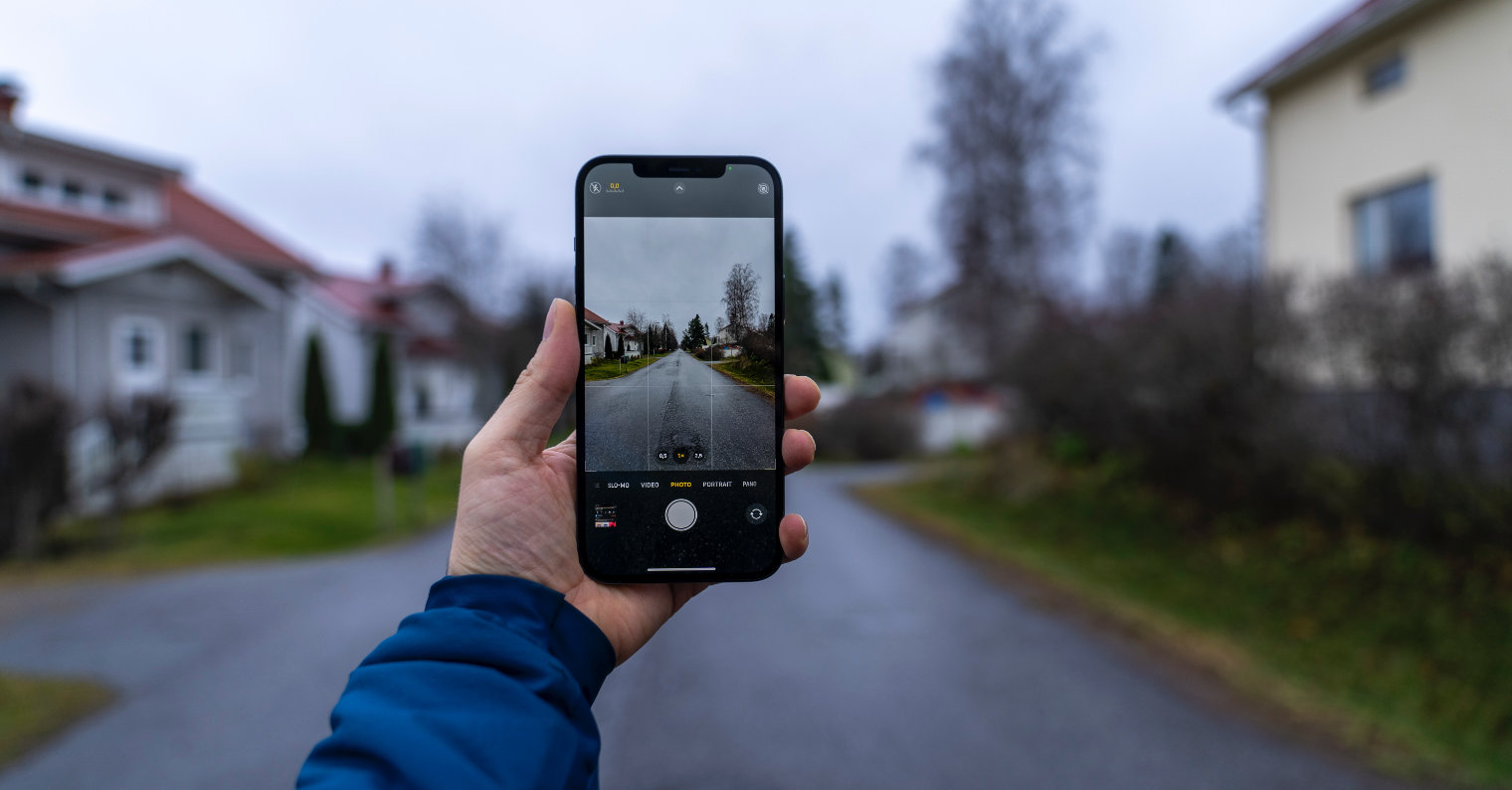
More is better
Apple already introduced seven lens elements in the case of the wide-angle lens with the iPhone 12 Pro. The goal of this assembly is primarily to increase the smartphone's ability to capture light. If you then asked what matters most in photography, then yes, it is precisely the light. By combining the size of the sensor, and thus the size of even one pixel and the number of lens elements, the aperture can be improved. Here, Apple was able to move the wide-angle camera from f/1,8 in the iPhone 11 Pro Max to f/1,6 in the iPhone 12 Pro Max and to f/1,5 in the iPhone 13 Pro Max. At the same time, the pixels increased from 1,4 µm to 1,7 µm to 1,9 µm. For the aperture, the smaller the number, the better, but for the pixel size, the opposite is true.
Lens elements, or lenses, are shaped, typically glass or synthetic parts that bend light in a certain way. Each element has a different function and they all work together harmoniously. They are mostly fixed to the lens, in classic cameras they are movable. This allows the photographer to continuously zoom, focus better or help stabilize the image. In the world of mobile cameras, we already have continuous zoom, in the case of the Sony Xperia 1 IV phone model. If it lives up to expectations, other manufacturers will surely use it as well. E.g. Samsung has been offering a periscopic lens for a long time, and this would increase its possibilities even more.

Of course, it still depends on how many groups each lens is grouped into, because each group has a different task. In principle, however, more is better, and those numbers are not just a marketing trick. Of course, the limitation here is the thickness of the device, as the individual elements require space. After all, this is also why the outputs on the back of the device continue to grow around the photomodule. This is also why the iPhone 13 Pro models are spatially more prominent in this respect than the iPhone 12 Pro, because they simply have one more member. But the future is precisely in the "periscope". Most likely, we will not see this in the iPhone 14, but the anniversary iPhone 15 could finally surprise.
